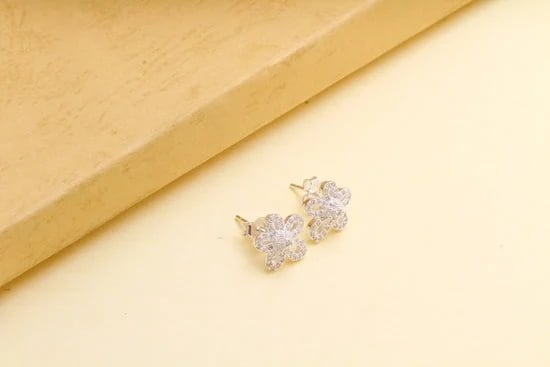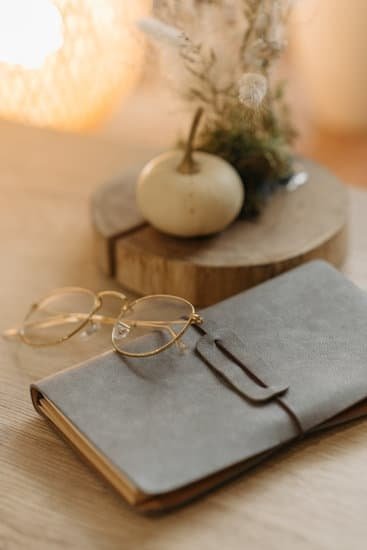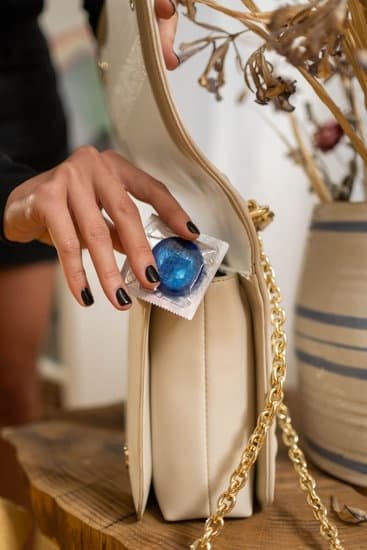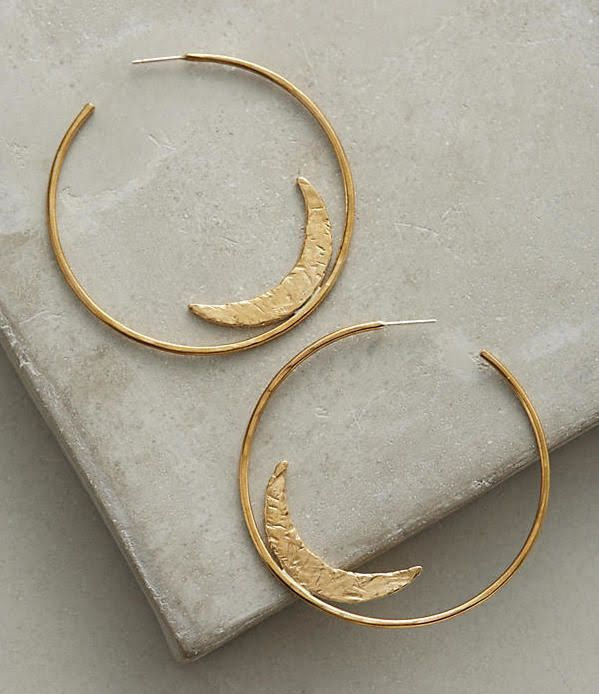Introduction
Jewelry sterilization is the method of purifying jewelry with either heat or chemical treatments to eliminate contaminants, such as infectious agents (e.g., bacteria and viruses), germs, and other unwelcome depredators that can be present in it. The process is used to reduce the risk of illnesses, skin irritation, and infections caused by exposure to such contaminants on jewelry. It also serves as a measure of protective upkeep for the integrity of the piece itself, ensuring it remains free from damage or wear that these impurities can bring about. When done correctly, jewelry sterilization should make a piece safer for both you and your loved ones to use and wear for any length of time.
One way to sterilize jewelry is through dry heat treatment in an oven at temperatures between 350-450 degrees Fahrenheit for an extended period of time (15 minutes). In addition, steam sterilization (autoclaving) has been reported to effectively cleanse most surfaces; specifically those made from nonmetallic materials such as acrylics & plastics. While autoclaving jewelry has been found to successfully disinfect it of infection-causing agents there have been reports showing that pieces can become dull or discolored afterwards due its high temperature processing; thus a lower temperature alternative like boiling may be preferred instead. Boiling water (212F) can be used to sterilize metal items such as rings or watches as long they are boiled between 10-15 minutes before being taken out carefully with tongs or another appropriate tool so that there is no contact with hands or skinpost process. Additionally, immersion in a “combination solution” composed of 2 tablespoons 0f bleach per gallon of water and soaked for 90 minutes is also safe for most jewelry pieces providing it made appropriately with materials resistant to corrosion (e.g., silver). Finally, one last option would be ultraviolet light irradiation which when properly calibrated eliminates harmful organisms from any surface very quickly and accurately.
Types of Jewellery Most in Need of Sterilization
There are many types of jewelry that should be sterilized on a regular basis, as bacteria and other contaminants can easily become lodged in the nooks and crannies of certain pieces. Generally speaking, jewelry whose surface is difficult to clean thoroughly – such as rings, earrings and necklaces – should be sterilized frequently.
Rings: Prongs or grooves where stones are set on rings can easily harbor bacteria. These tiny spaces should be sterilized regularly to prevent the buildup of germs.
Earrings: Some earrings have small holes, which makes them prone to catching both visible dirt and microscopic contaminants like bacteria and fungi. It’s best to sterilize earrings every few weeks or after doing activities that involve sweat or dirt exposure (like physical exercise).
Necklaces: Necklaces can develop a film over their surface if regularly exposed to sweat, dust and dirt (especially if you don’t take them off for hours or days at a time). Since it’s often hard to rid necklaces of the entire film with just water, wrist steamers may require cleaning the most frequently.
The Process of How to Sterilize Jewelry
Store-Bought Cleaners: There are a variety of jewelry cleaning solutions that can be purchased from your local department store or craft store. These often come in spray bottles and can be used to give jewelry a clean look. Be sure to read the instructions carefully to avoid damaging your jewelry with harsh chemicals or overusing the cleaner.
Natural Solutions: Making your own jewelry cleaner is an effective and environmentally-friendly way to sterilize your items. Mix baking soda, salt, and water together in a bowl until you have created a paste-like substance. Then use a non-abrasive cloth to scrub unwanted grime away from jewelry before rinsing with warm water.
Professional Services: If your collection includes valuable gems or stones that require specialized cleaning techniques, professional services may be necessary. This option will also provide you with detailed evaluations in case any repairs need to made in order to restore each item’s original quality and condition.
Common Sterilizing Solutions for Jewelry
One of the simplest and most commonly used methods for sterilizing jewelry is boiling. Boiling jewelry will help to remove any bacteria or contaminants, making it safe for handling and wear again. The process is straightforward, simply place the jewelry in boiling water for 10 minutes and then let cool before removing. The downside of this method is that some stones may be reactive when exposed to heat. It is also not recommended to boil gold as it can damage it.
Another popular method for sterilizing jewelry is chemical solution cleaning. This involves soaking the jewelry in a disinfectant solution that is typically made up of warm water mixed with a cleaning agent such as dishwasher detergent. Chemical solution cleaning can be highly effective at killing germs and other contaminants but may also dull or discolor certain metals such as silver or gold if done over an extended period of time.
Using ultrasonic jewellery cleaners can also be a great way to sanitize most types of jewelry quite effectively without damaging the materials too much, although delicate stones should never be cleaned with this method due to their sensitivity to soundwaves. Ultrasound waves are applied directly to the item and create cavitation bubbles which shake off any dirt or bacterial particles on the surface of the jewellery.
Finally, alcohol-containing wipes are another popular option that are known for their quick action and ability to kill bacteria on contact. Simply wiping over the surfaces of your jewellery with a piece of cloth saturated in alcohol will help to get rid of any unwanted germs quickly; however, like chemical solutions, they can cause discoloration if they come into contact with certain precious metals over time so should only be done in moderation if you want your pieces to look pristine!
Sterilization Tips From Professional Jewelers
1. Use an Ultrasonic Bath: An ultrasonic bath is one of the most effective methods for sterilizing jewelry. It works by generating high-frequency sound waves which create millions of tiny bubbles that then break up dirt, debris, and bacteria on hard objects like jewelry.
2. Clean It Thoroughly With Soap and Water Before Sterilization: Before sterilizing jewelry, it is important to thoroughly clean it first with a mild soap and warm water. This will help remove any remaining dirt or bacteria so it can be properly sterilized without leaving anything behind.
3. Disinfectants May Be Used: After cleaning the jewelry with soap and water, you may choose to use a disinfectant or anti-bacterial solution to further sanitize the item. Make sure to read and follow the instructions provided with the product when using these solutions as some products require diluting with water before application, while others are meant to be used full strength directly onto the jewelry piece.
4. Using Heat Sterilization: Heat sterilization is another option for sterilizing jewelry items such as rings and watches that have intricate features that may not do well in an ultrasonic bath, or other more delicate pieces where physical agitation may cause damage when immersed in liquid solutions for extended periods of time. This method typically involves submerging the item in boiling water for at least five minutes before rinsing with cool water afterwards.
Pros and Cons of At-Home Sterilization vs. Professional Sterilization
At-Home Sterilization Pros:
• Much less expensive: Generally, sterilizing jewelry at home will be much more cost effective than opting for a professional service.
• Quick and easy: Many methods of sterilizing jewelry at home don’t require any special tools or equipment; just boiling water or an ultrasonic cleaner may be used to cleanse the precious metals and gems.
• Convenient: Many items can be sterilized at home in a fairly short amount of time, making it ideal when there is not enough time to take items to a professional.
At-Home Sterilization Cons:
• Lack of 100% guarantee: While performing sterilization at home is often very successful, it’s not always possible to achieve complete sterility. This means that some bacteria may remain on the item even after at-home cleaning.
• Potential damage/destruction: If improper methods of sterilization are used, it could cause damage to the piece itself or lead to destruction of some gems and stones embedded into it.
Professional Sterilization Pros:
• Guaranteed results: Professionals guarantee laser level removal of bacteria, fungi and other microorganisms using their advanced tools and equipment.
• Reasonable pricing: Some professionals offer reasonable pricing while still guaranteeing results.
Professional Sterilization Cons:
• Availability and travel costs associated with accessing service providers can limit access to this option for many people.
• Long wait times for services due to busy shops/scheduling conflicts can also be inconvenient for those who need quick results.
Conclusion
Jewelry sterilization is essential for protecting health and safety since bacteria, mold, and even viruses can accumulate on jewelry over time. Jewelry is particularly prone to contamination due to the fact that it comes into frequent contact with skin and other objects. Therefore, proper sterilization techniques should be employed regularly in order to protect the wearer from potential infection or illness. Regular sterilization also helps keep jewelry looking like new by preventing tarnish and discoloration. In addition to regular sterilization, proper care of jewelry should not be neglected such as avoiding contact with water, harsh chemicals, cosmetics, and other materials that might cause damage or discoloration. Cleaning products designed for use on a particular type of jewelry should always be used and checked periodically for signs of wear or tear so any repairs may be made quickly before any problems arise.

Welcome to my jewelry blog! My name is Sarah and I am the owner of this blog.
I love making jewelry and sharing my creations with others.
So whether you’re someone who loves wearing jewelry yourself or simply enjoys learning about it, be sure to check out my blog for insightful posts on everything related to this exciting topic!





